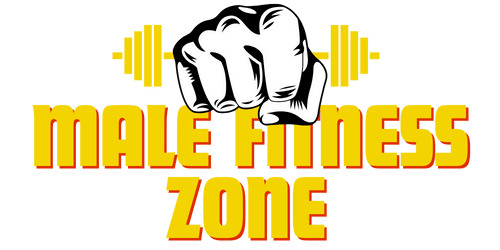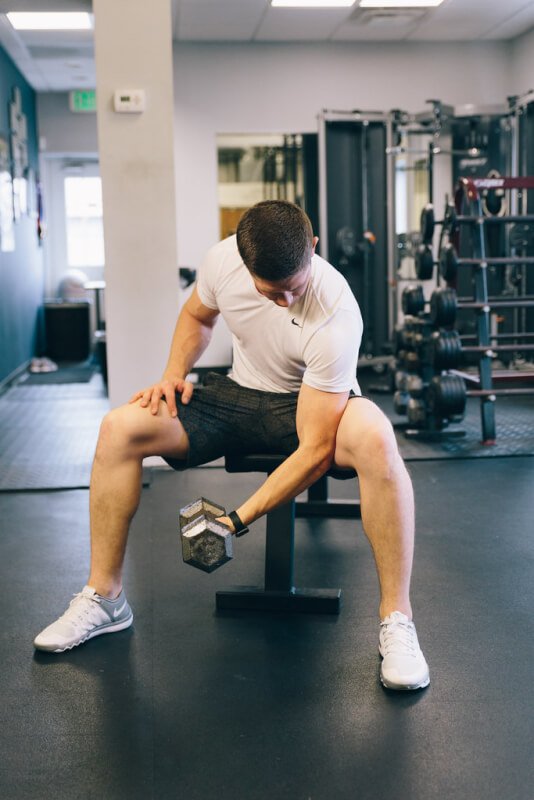Congratulations on completing your workout! Now that you’ve put in the hard work, it’s important to prioritize cooling down properly. But what is the best way to cool down after a workout? In this article, we’ll explore effective techniques that can help you relax, recover, and prevent any post-workout discomfort. So sit back, relax, and discover the perfect way to unwind after a satisfying sweat session.
Importance of cooling down after a workout
Preventing muscle soreness
After an intense workout, it’s important not to skip the cooldown phase. Cooling down allows your body to gradually recover from the exertion, preventing muscle soreness. When you exercise, your muscles contract and generate heat. If you stop abruptly without giving your body a chance to cool down, this excess heat can cause inflammation and lead to soreness. By cooling down properly, you allow your body to gradually return to its resting state, promoting the removal of waste products and minimizing muscle soreness.
Reducing heart rate and breathing
During exercise, your heart rate and breathing increase to deliver oxygen and nutrients to your muscles. Cooling down after a workout helps gradually decrease your heart rate and breathing to their pre-exercise levels. This gradual reduction allows your cardiovascular system to adapt and return to a state of rest more smoothly. By taking the time to cool down, you can help prevent sudden changes in heart rate and minimize the risk of dizziness or lightheadedness.
Assisting in waste removal and blood circulation
When you exercise, waste products such as lactic acid build up in your muscles. Cooling down after a workout helps clear out these waste products by promoting blood circulation. The increased blood flow helps remove these waste products and deliver fresh nutrients to your muscles, aiding in their recovery. Proper cooling down also helps prevent the pooling of blood in your extremities, which can lead to post-exercise dizziness or fainting.
Different methods of cooling down
Active cooldown exercises
Active cooldown exercises involve low-intensity movements that keep your muscles engaged while gradually reducing your heart rate and breathing. Light jogging or walking, cycling at a leisurely pace, jumping jacks, or skipping rope are some examples of active cooldown exercises. These activities help maintain blood flow and gently bring your body temperature down after a workout.
Stretching and flexibility exercises
Stretching and flexibility exercises are an excellent way to cool down after a workout. By stretching your muscles, you can increase their flexibility and prevent muscle tightness or imbalances. Quadriceps stretches, hamstring stretches, chest and shoulder stretches, and triceps stretches are some effective post-workout stretches. It’s important to hold each stretch for about 15 to 30 seconds and avoid bouncing to prevent injury and promote relaxation.
Hydrotherapy
Hydrotherapy involves using water to cool down and relax your body after a workout. Taking a cool shower is a simple and refreshing way to lower your body temperature and reduce muscle inflammation. Swimming or performing water exercises can also provide a soothing effect on your muscles and joints. The buoyancy of water reduces the impact on your body, allowing for a gentle and relaxing cooldown.
Foam rolling
Foam rolling is a self-myofascial release technique that involves using a foam roller to apply pressure to specific muscle groups. This method helps break up tight knots or adhesions in the muscles, aiding in their recovery and preventing soreness. Foam rolling can be particularly beneficial for those who engage in high-intensity or repetitive workouts. By rolling over various muscle groups, you can help improve blood circulation, reduce muscle tension, and promote better range of motion.
Cold compress
Applying a cold compress, such as ice packs, to specific areas of your body can help reduce inflammation and numb any pain or discomfort. Cold therapy constricts blood vessels, which helps minimize swelling and decrease blood flow to the affected area. Cold water immersion, like taking a dip in an ice bath, can also provide a similar therapeutic effect. However, it’s important to limit the duration of cold therapy to avoid damaging your skin or causing frostbite.
Yoga or meditation
Yoga or meditation can be excellent cooldown activities for both your body and mind. These practices promote relaxation, deep breathing, and mindfulness, allowing you to fully unwind after a workout. Yoga poses such as Child’s Pose, Legs-Up-The-Wall, and Corpse Pose can help release tension in your muscles and restore a sense of calmness. Mindful breathing techniques, such as diaphragmatic breathing, can help regulate your breathing and bring your body into a state of deep relaxation.

Additional tips for effective cooldown
Gradually decrease intensity
When cooling down after a workout, it’s important to gradually decrease the intensity of your activity. Sudden stops or rapid changes in movement can cause blood to pool in your extremities, leading to lightheadedness or fainting. Take the time to transition from high-intensity to low-intensity activities, allowing your body to adapt and return to a resting state slowly.
Stay hydrated
Hydration is essential during and after a workout. By drinking water during your cooldown, you can rehydrate your body and replenish any fluids lost through sweat. Proper hydration helps prevent muscle cramps and promotes optimal recovery.
Monitor heart rate
Monitoring your heart rate during your cooldown can give you valuable insights into your cardiovascular fitness. By keeping an eye on your heart rate, you can ensure it gradually returns to its normal range. If your heart rate remains elevated for an extended period after your workout, it may indicate that you need to adjust the intensity or duration of your training.
Listen to your body
It’s important to listen to your body and pay attention to how it feels during the cooldown phase. If you experience any discomfort or pain, it’s advisable to consult with a healthcare professional. Everyone’s body is different, so finding the right cooldown routine for you may involve some trial and error.
Conclusion
Cooling down after a workout is crucial for preventing muscle soreness, reducing heart rate and breathing, and assisting in waste removal and blood circulation. There are various methods of cooling down, including active cooldown exercises, stretching, hydrotherapy, foam rolling, cold compress, and yoga or meditation. By incorporating these techniques into your post-workout routine, you can optimize your recovery, improve flexibility, and promote overall well-being. Remember to gradually decrease intensity, stay hydrated, monitor your heart rate, and always listen to your body’s cues for an effective and safe cooldown.



